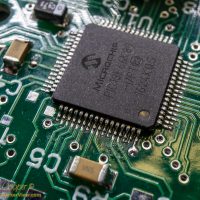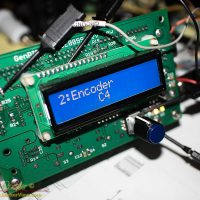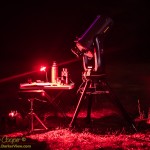A minor code revision as I slowly get everything working properly. I am adding new modules as I need them for other projects.

In the process I added support for the service connectors including parallel and simple serial modules to the GenPIC code base, may as well release it. Thus you get code release 0.2…
Along with the new modules I removed the copyright notices that I had left in the code, replacing them with a Creative Commons Attribution-ShareAlike 4.0 (CC BY-SA 4.0) license, just something I overlooked when releasing everything as open source.
Next up will probably be SD card support, I have a project that needs to be finished requiring some reasonable data storage. Just ordered a few micro-SD card breakout boards from SparkFun


